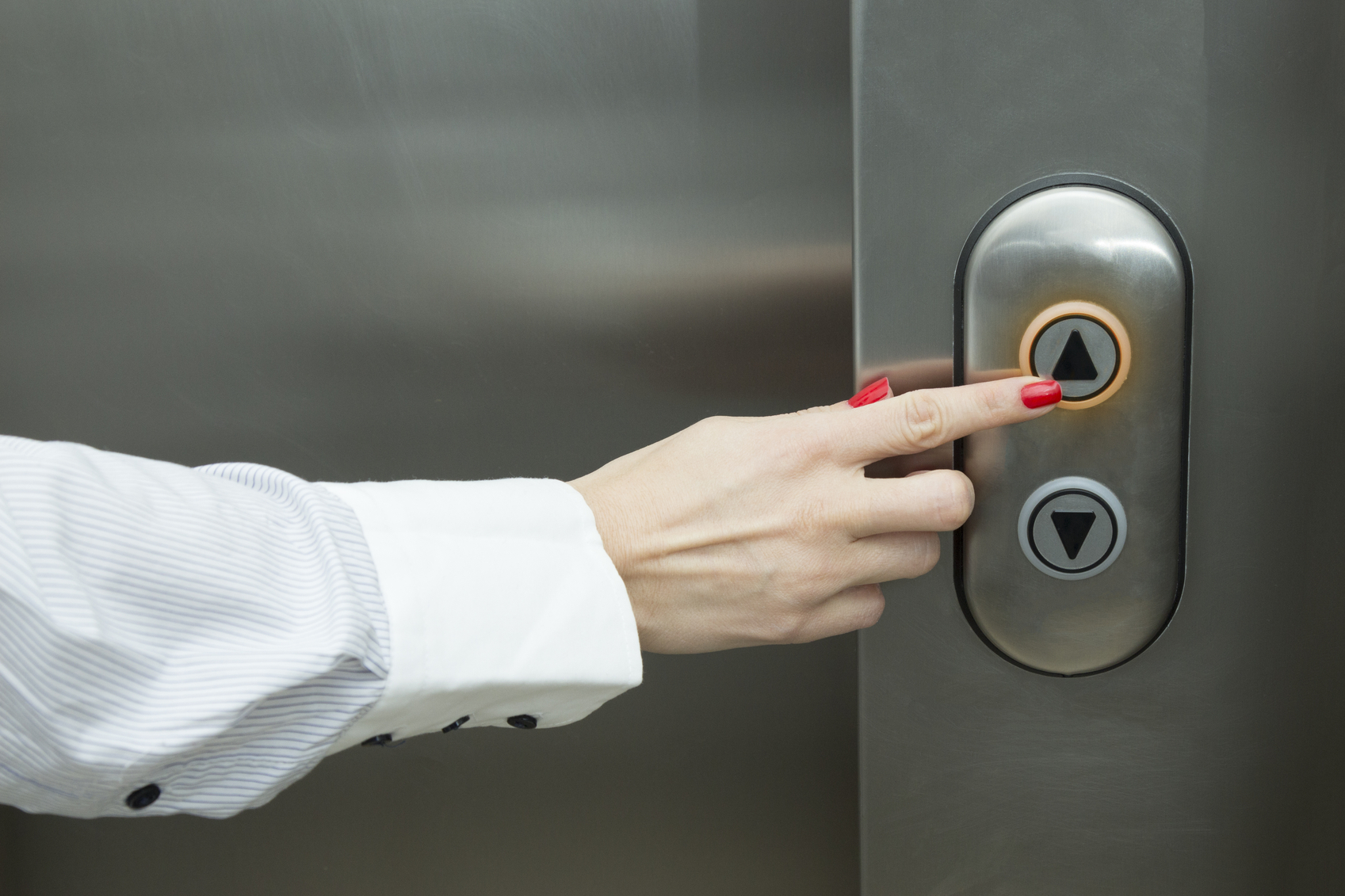London Lift Company: Relied On Professionals for All Your Vertical Transport Demands
London Lift Company: Relied On Professionals for All Your Vertical Transport Demands
Blog Article
Delving Into the World of Lifts: Common Concerns Encountered by Numerous Lift Devices
As we browse via the vertical transport systems of modern-day structures, elevators stand out as an essential element of our every day lives. Nonetheless, behind their smooth procedure exists a globe of elaborate mechanisms that can sometimes experience difficulties. From hydraulic elevators to traction systems and machine-room-less layouts, each lift kind comes with its collection of usual concerns. Recognizing these obstacles is critical for ensuring the smooth functioning of these vital systems. Allow's discover the intricacies that underlie the operation of elevators and the potential problems that can arise, clarifying the intricate web of lift devices.
Hydraulic Lifts
Hydraulic elevators, typically chosen for low-rise structures, utilize fluid stress to regulate the motion of the elevator vehicle (lift repair companies). This mechanism entails a hydraulic pump pushing oil right into a cylinder, creating the lift to relocate the wanted direction. While hydraulic lifts are known for their smooth and peaceful operation, they do feature their own collection of typical concerns
One prevalent issue with hydraulic lifts is oil leakage. In addition, problems with the control system, such as malfunctioning valves or a malfunctioning pump, can create disruptions in the elevator's movement.
Routine maintenance and punctual fixings are important to ensure the smooth performance of hydraulic lifts. By resolving these typical problems proactively, structure proprietors can decrease downtime and make certain the safety and security and efficiency of their vertical transportation system.
Grip Elevators
When thinking about vertical transport systems in buildings, an additional typical kind other than hydraulic lifts is the grip lift. Grip lifts operate making use of a system of ropes and weights that move the elevator auto by grasping onto the hoist ropes. This mechanism enables smoother and much faster upright transport compared to hydraulic systems.
One of the typical issues encountered by traction elevators is rope wear. The continuous activity of the ropes within the traction system can result in damage over time, possibly triggering the elevator to malfunction or come to be unsafe for usage. Normal examinations and upkeep of the ropes are essential to ensure the lift's correct functioning and safety and security.
One more problem that traction elevators might come across is connected to the control system. Issues with the control system can result in concerns such as irregular activity, hold-ups in feedback times, and even complete closures. Normal testing and maintenance of the control system are important to stop such problems and guarantee the lift's integrity.
Machine-Room-Less (MRL) Elevators

Among the essential components of MRL lifts is the compact gearless grip device that is set up within the hoistway. This maker efficiently drives the elevator cars and truck without the need for bulky devices found in traditional traction elevators. In addition, MRL lifts commonly make use of a counterweight system to stabilize the auto, further enhancing their energy efficiency.
In spite of their benefits, MRL elevators might deal with obstacles associated with maintenance and repair service because of the restricted space for equipment installment. Access for servicing elements within the shaft can be limited, calling for specialized training for service technicians. Appropriate upkeep schedules and regular assessments are essential to make certain the continued smooth operation of MRL lifts.
Overloading and Weight Limitation Issues
Are lifts outfitted to handle excess weight tons successfully and securely? Straining and weight limit problems are vital worries in lift operations. Lift makers layout raises with specific weight capabilities to ensure guest security and equipment longevity. Surpassing these weight limits can bring about various problems, consisting of mechanical failings, delays, and safety risks.
When lifts are overloaded, it places excessive pressure on the electric motor, cords, and other components, possibly triggering malfunctions or break downs. Safety devices such as sensors and overload sensing units are in place to avoid lifts from moving if they identify excess weight. Furthermore, surpassing weight restrictions can lead to raised energy usage and deterioration on the lift system.
To minimize overwhelming issues, developing managers should plainly present weight restrictions in lifts and educate residents on the significance of sticking to these limitations - london lift company lift repair companies. Routine maintenance checks by certified service technicians can likewise help ensure that lifts are operating within secure weight parameters. By attending to overloading and weight limit concerns proactively, structure owners can improve elevator safety and security and performance
Electric System Failings
Going beyond weight restrictions in elevators can not just lead to mechanical problems but likewise possibly contribute to electrical system failures within the lift facilities. Electric system failures are an essential issue in elevator operation, as they can create unanticipated shutdowns, breakdowns, or also safety threats.
Routine upkeep and inspections are vital to identify and address potential electrical issues quickly, ensuring the safe and reliable operation of lift systems. By sticking to weight limits and conducting routine electrical system checks, structure proprietors can minimize the threat of electric failings in lifts.
Final Thought

Hydraulic lifts, frequently liked for low-rise buildings, make use of fluid pressure to regulate the activity of the lift car.When taking into consideration vertical transportation systems in structures, one more typical type apart from hydraulic elevators is the grip elevator. Grip elevators run utilizing a system of ropes and weights that move the elevator automobile by clutching onto the hoist ropes. Unlike standard lifts that require a different equipment room to house the equipment, MRL elevators incorporate most of the components within the shaft, getting rid of the requirement for a committed maker lift companies in London area.In conclusion, lifts deal with usual problems such as hydraulic malfunctions, grip system failures, and electrical system troubles.
Report this page